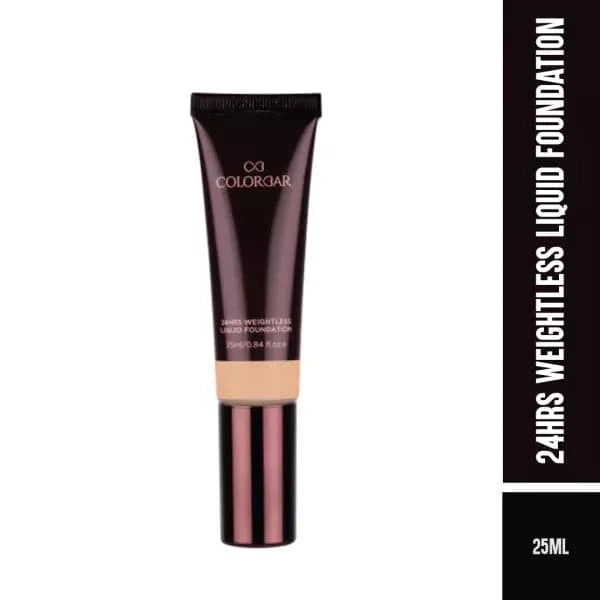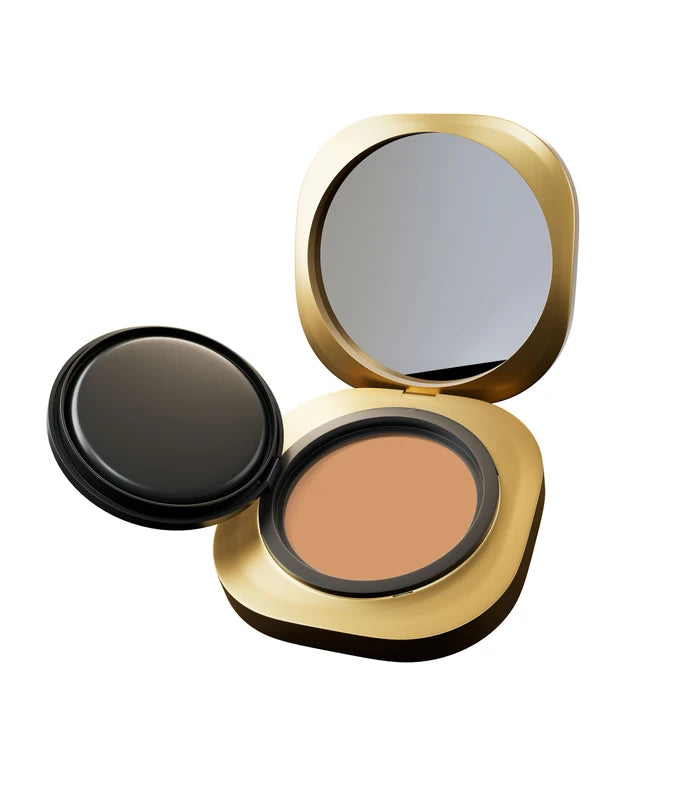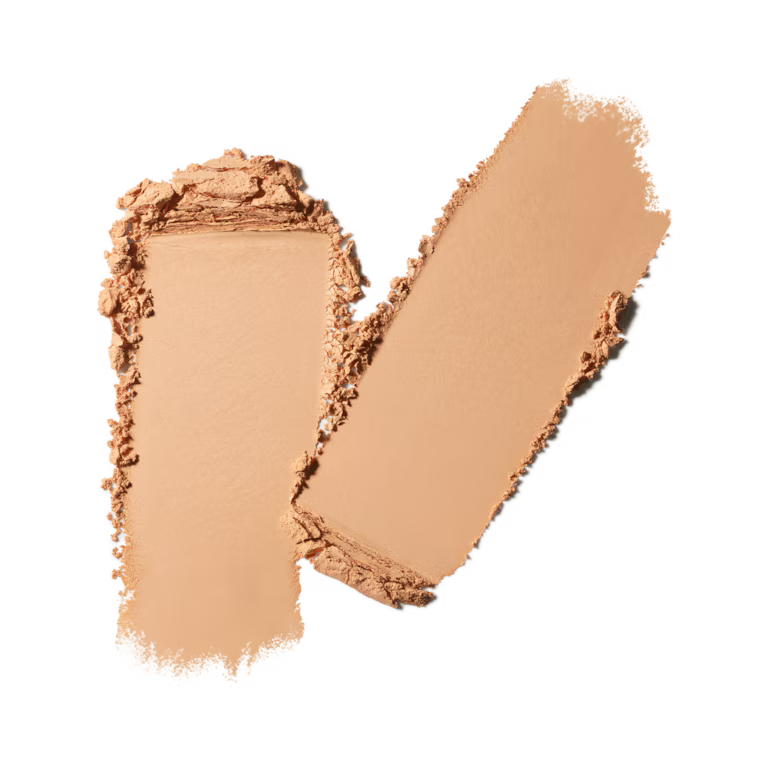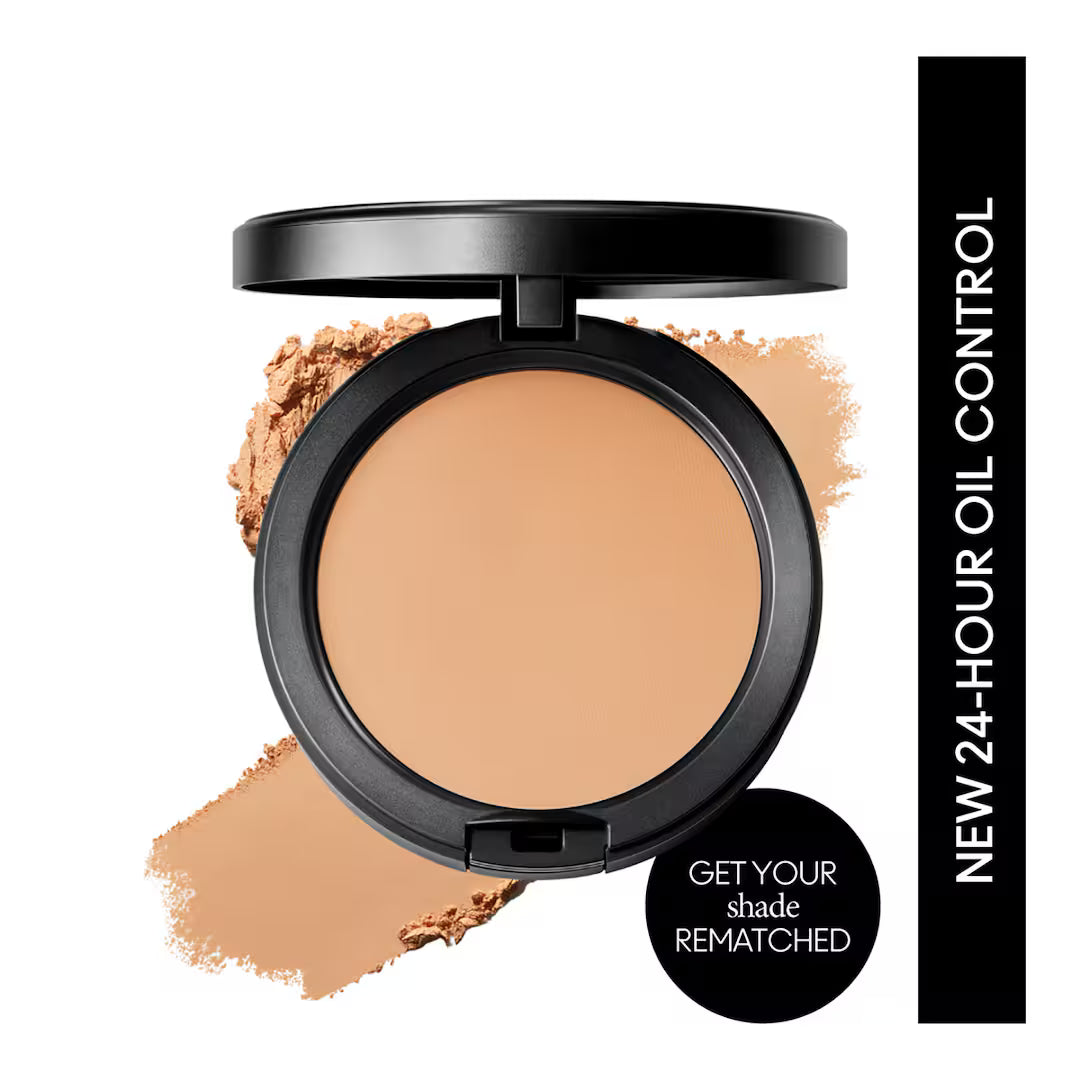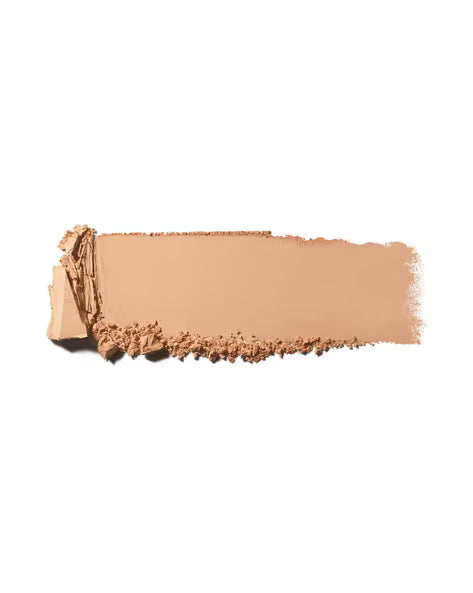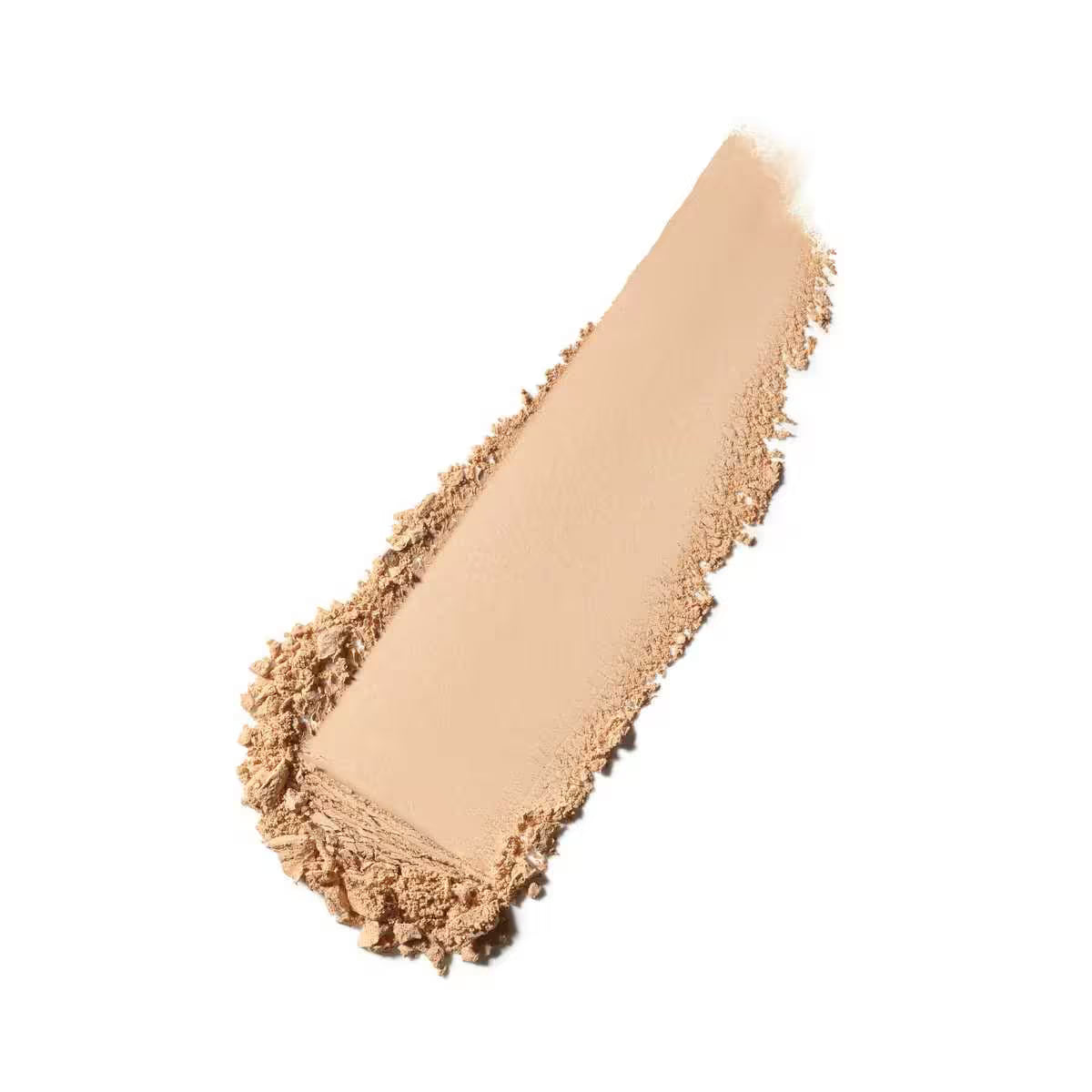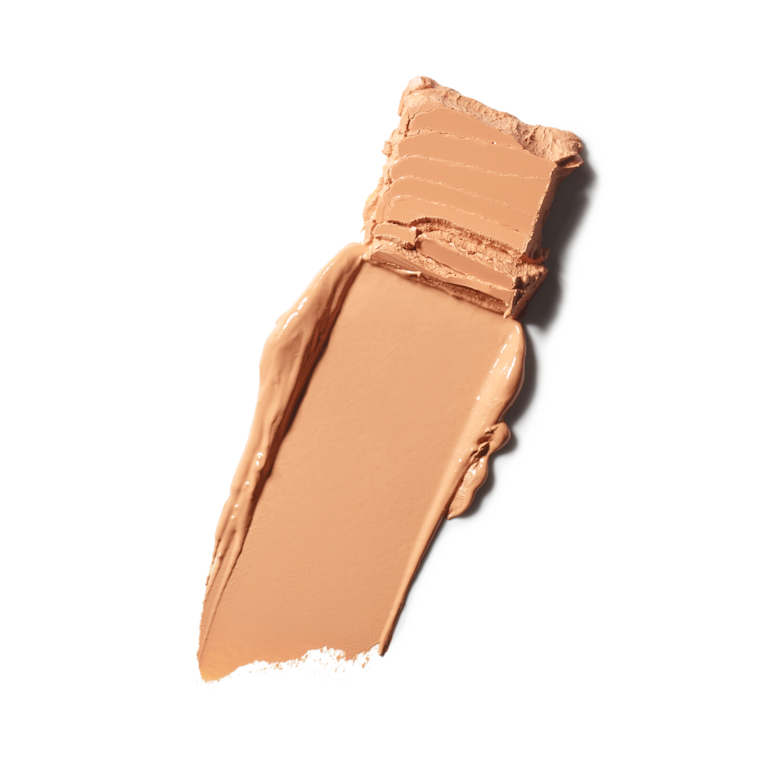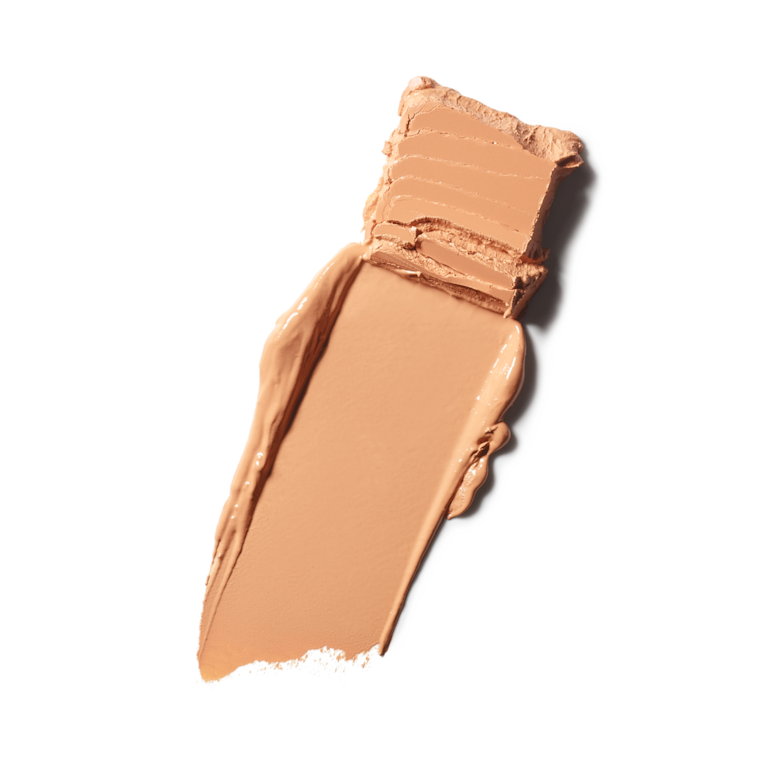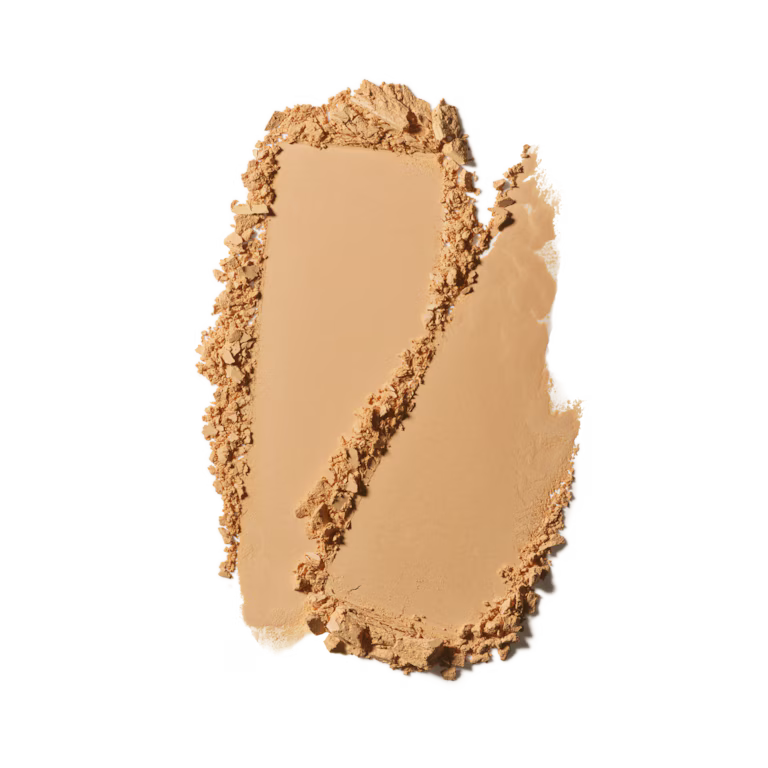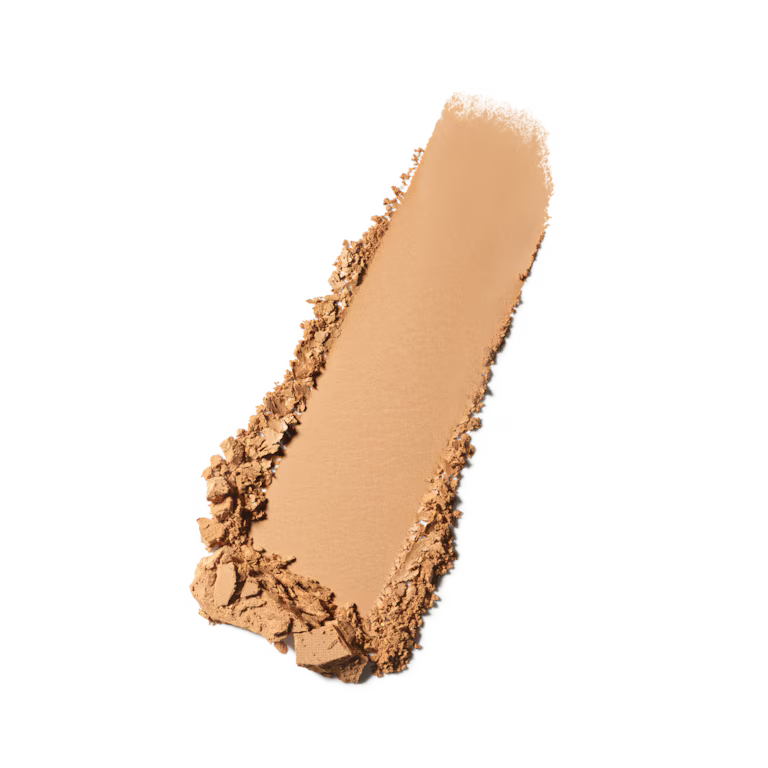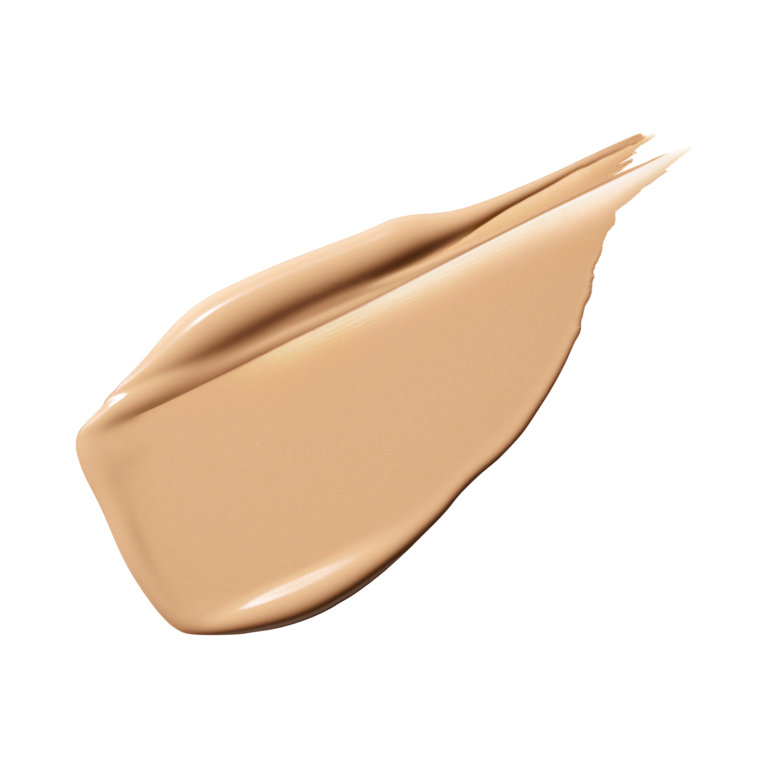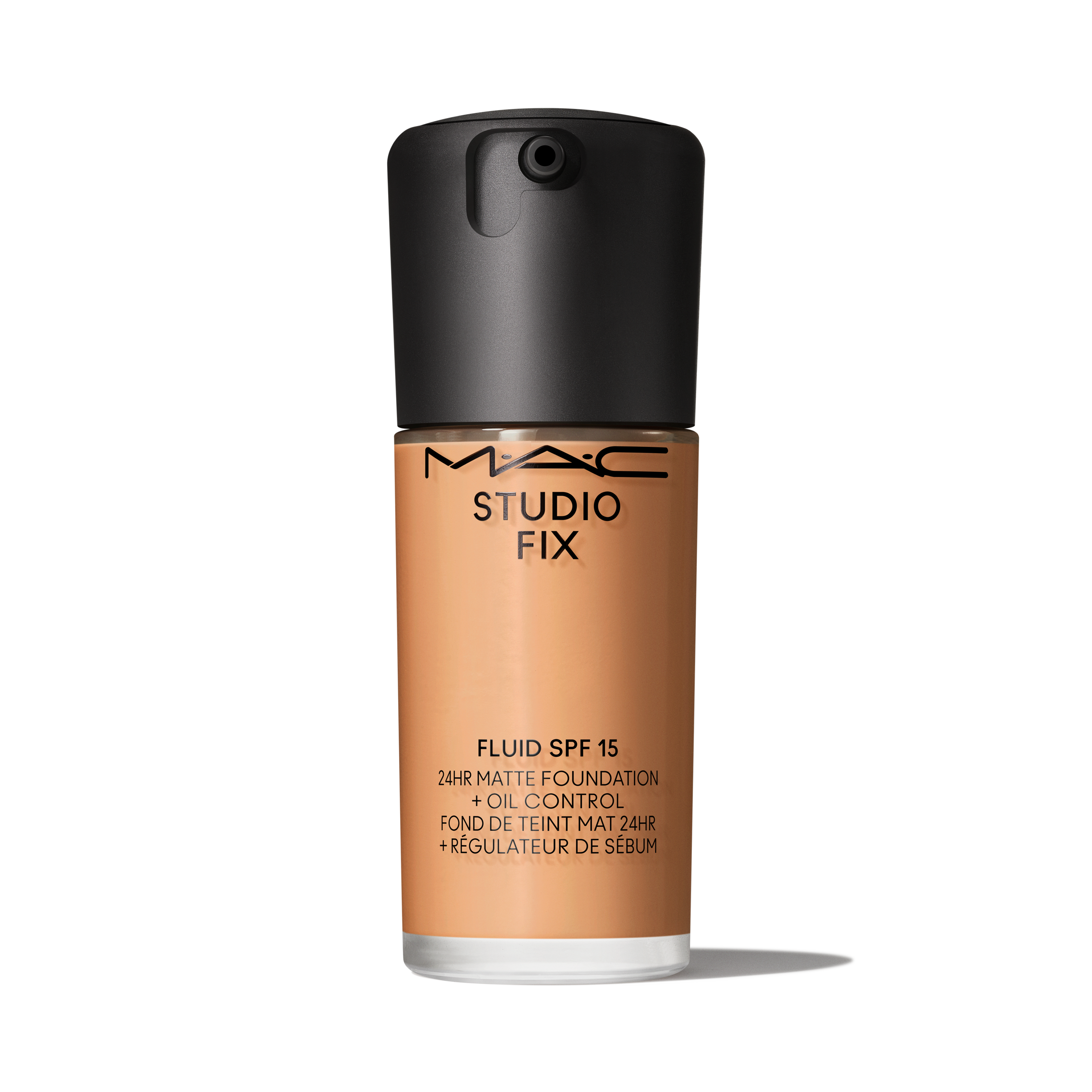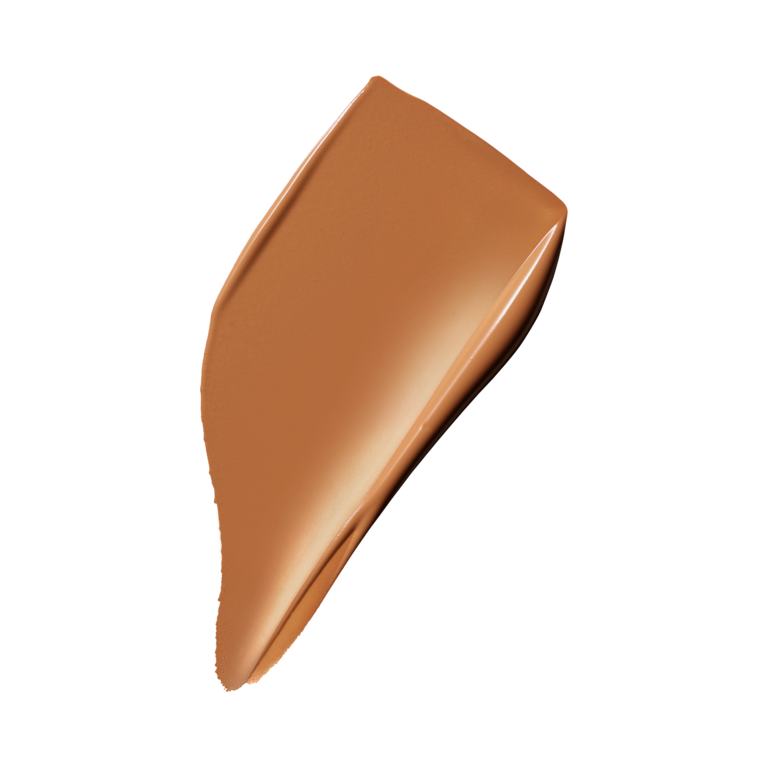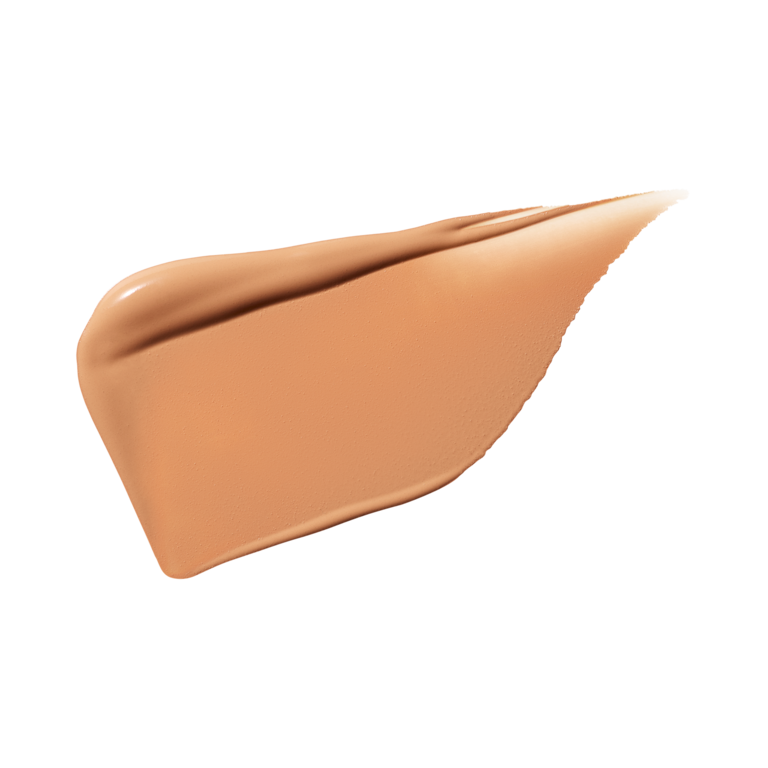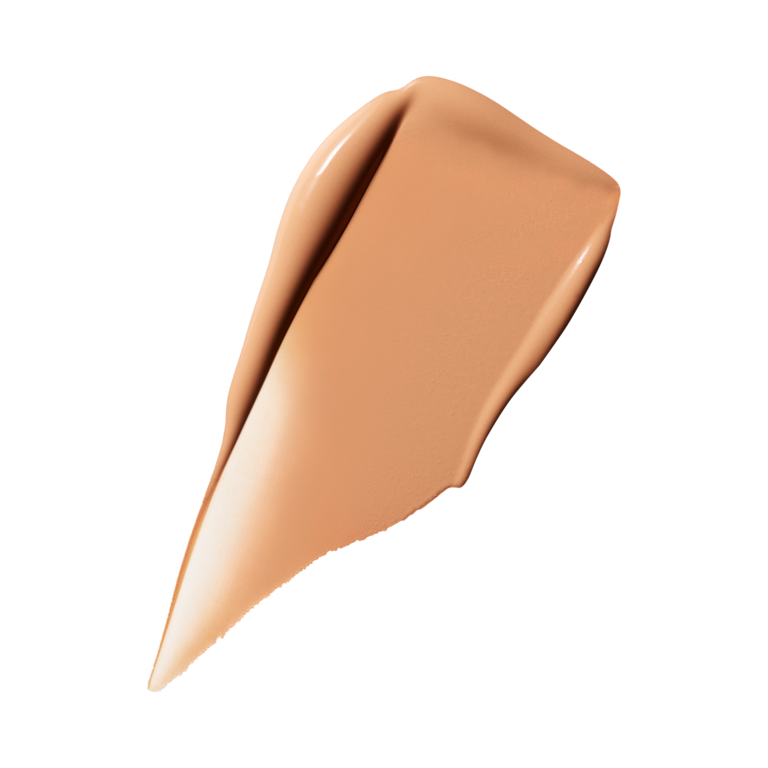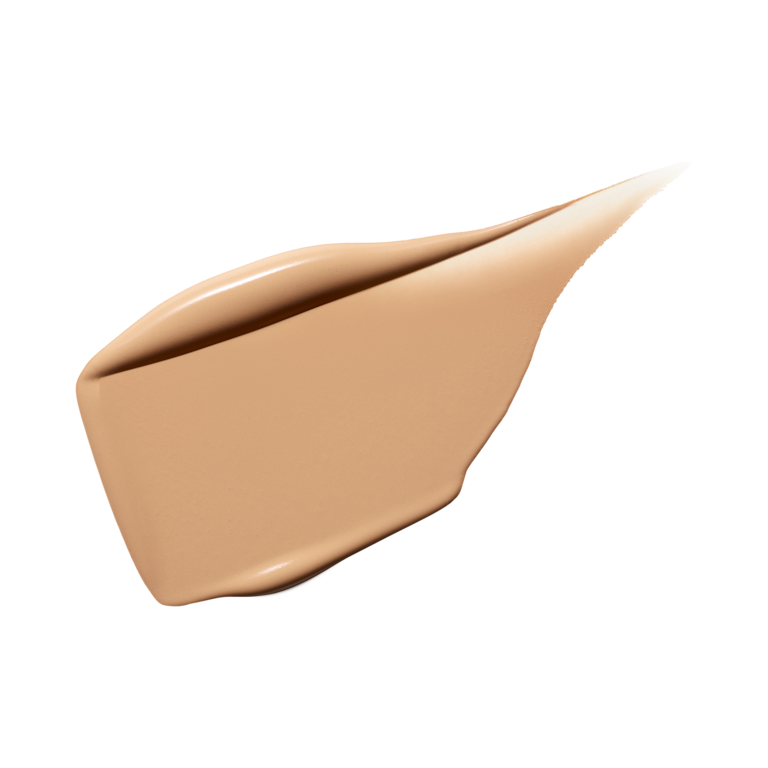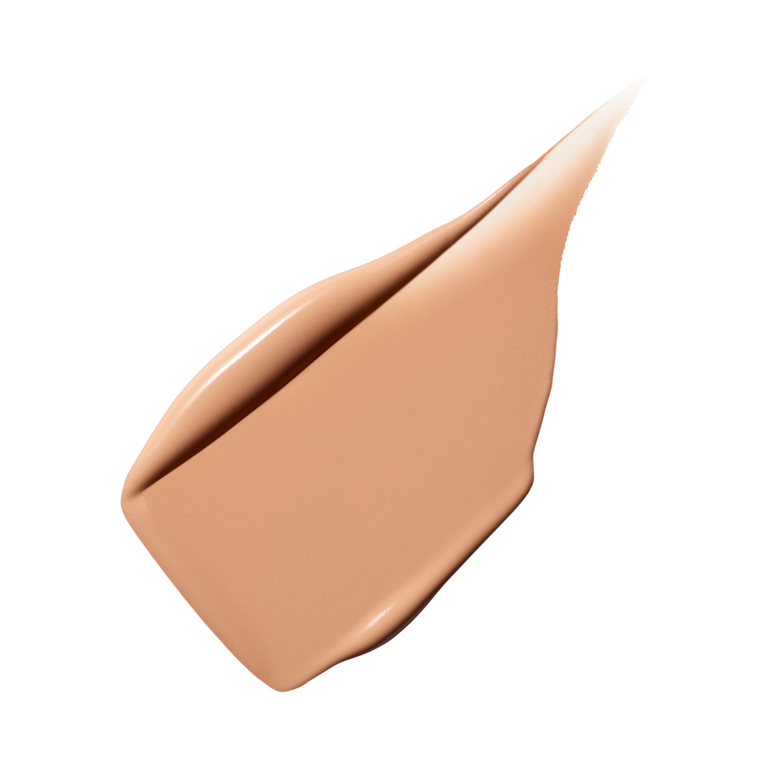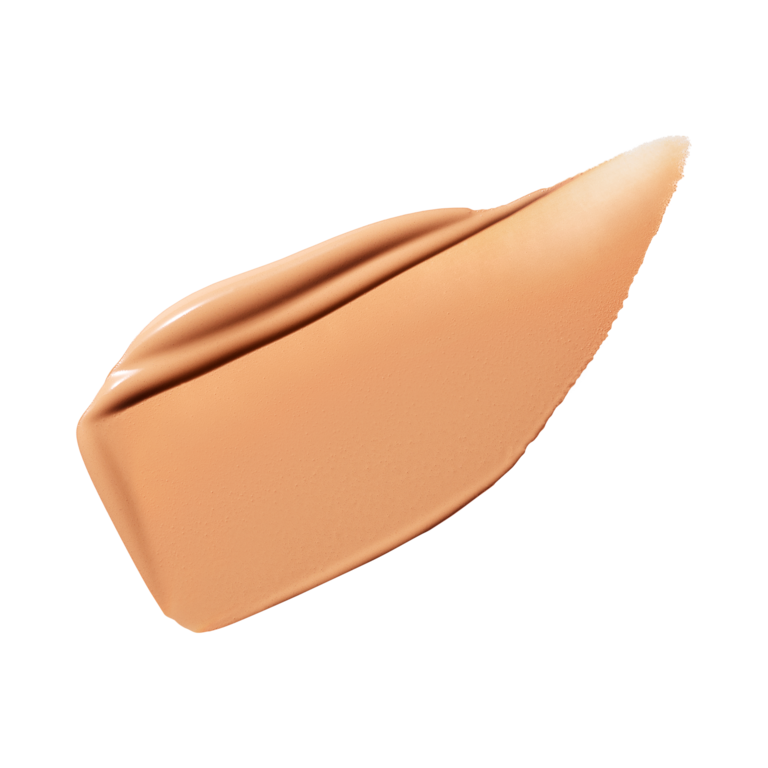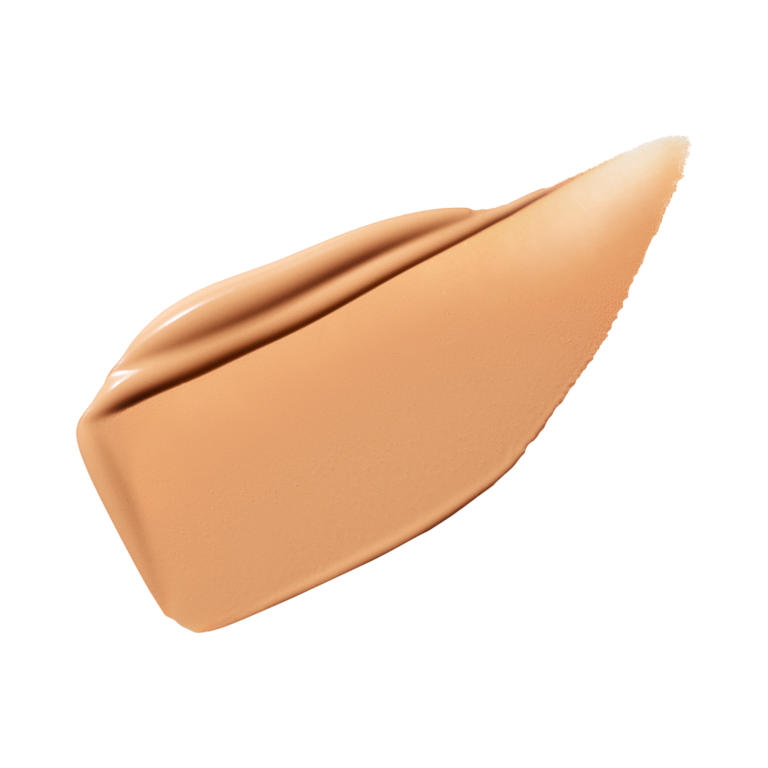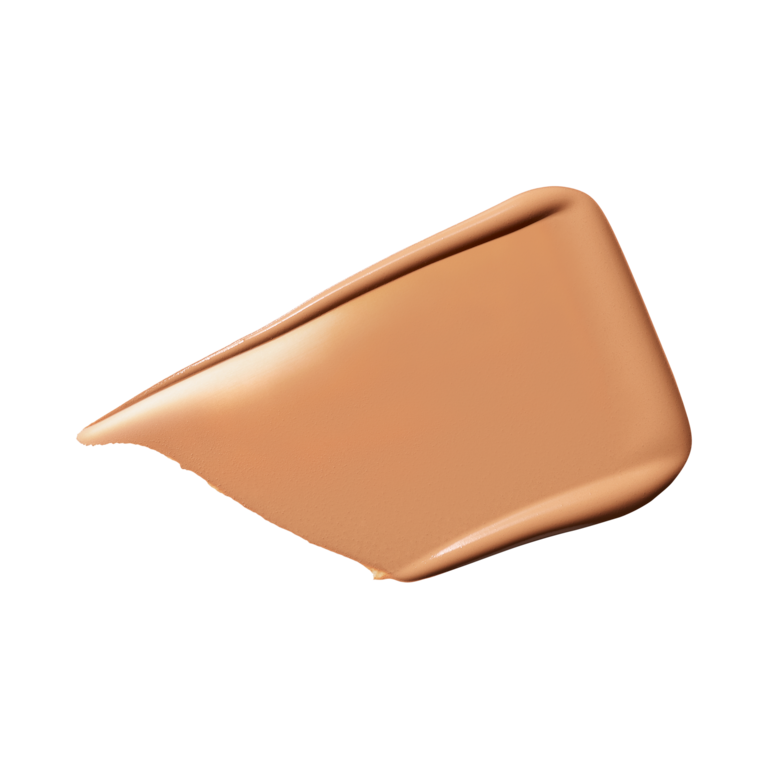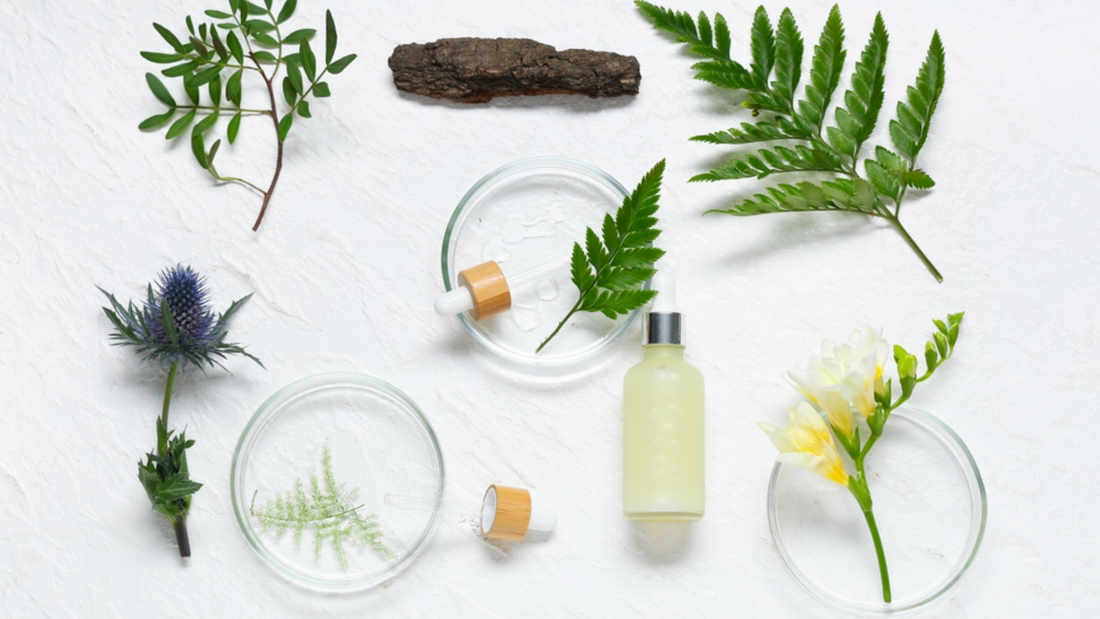
Every week brings a new miracle serum.
A new trending ingredient.
A new promise of “glass skin in 7 days.”
Most of them aren’t even made for our skin. They’re designed for a different climate, different genetics, different problems.
But as a pharmacist who’s seen more skin concerns than skincare trends, let me tell you, your skin doesn’t need 7 steps or 17 products.
It needs clarity. It needs care. It needs consistency.
Let’s start with a truth bomb:
Skincare in India isn’t the same as skincare in Korea, the US, or anywhere else.
We’re dealing with:
Hot, humid climates
Brown skin tones are more prone to pigmentation
Pollution-heavy cities
Cultural habits that affect our skin (hello, spicy food and late nights processed food)
And yet, we scroll through global influencer routines and wonder why our skin isn’t glowing like theirs.
It’s not your fault.
You’ve just been sold a version of skincare that wasn’t built for you.

What Actually Works on Indian Skin (And Why)
Let’s skip the hype.
In India, your skin is fighting a very specific mix of sun exposure, melanin response, and environmental damage.
So, the most effective ingredients aren’t the newest, they’re the most relevant.
Time-tested, India-friendly ingredients:
Niacinamide
• Controls oil production (especially helpful in our summers)
• Reduces dark spots and post-acne pigmentation common in Indian skin
Azelaic Acid
• Works for acne, tan patches, uneven skin tone
• Safe during pregnancy (a big plus for young Indian women)
Panthenol (Vitamin B5)
• Calms heat- and pollution-triggered inflammation
• Repairs damage from harsh face washes and scrubs
Ceramides
• Essential for people with dry cheeks and oily T-zones (hello, combination skin)
• Repairs the barrier after using acids or home remedies like lemon (which usually do more harm than good, by the way)
These ingredients have something in common:
They’re barrier-friendly
They don’t react badly to Indian weather
They work across skin tones

Decoding Labels: What the fine print really means?
Forget brand loyalty. Forget claims like “natural” or “dermat-tested.”
Here’s how a pharmacist reads your product:
Spotting the difference:
Which are the top 5 ingredients?
If niacinamide is at the bottom of the list, it's likely under 1%. That won't help much anyway.
Are there unnecessary extras?
Avoid high alcohol, added colors, and strong fragrances, especially if your skin is already reacting.
Are two strong ingredients used together with no buffers?
Pro tip:
Look for brands that mention ingredient percentage (like “10% niacinamide”) and pH levels. These are companies to look out for in the Indian skincare industry right now.

How Long Before You See Results on Brown Skin?
Indian skin has more melanin, which means:
-
Dark spots last longer
-
Irritation = post-inflammatory pigmentation
-
Whitening agents (like hydroquinone) can worsen sensitivity
So, go slow.
Skin cycle basics:
-
0–7 days: No visible change, just calming
-
14 days: You’ll feel a texture difference
-
28 days: New skin starts surfacing
-
45+ days: Real results on pigmentation or acne scars
Stick with it. Your skin isn’t “stubborn”, it’s just slower because it protects itself more
Ancient Rituals vs. Modern Chemical Solutions: You Don’t Have to Pick a Side
There’s a lot of noise in skincare today. One side tells you to trust nothing but natural ingredients. The other side says only lab-made ingredients are worth your time. But the truth is, real results don’t come from picking a side. They come from understanding how both approaches work and when to use them.
Traditional Indian rituals were never about trends. They were about patience, consistency, and care. Ingredients like turmeric, rose water, and sandalwood have been used for generations, not because they were trendy, but because they were effective in their time. But many of those rituals weren’t designed for modern skin concerns, pollution, blue light, hormonal acne, barrier damage from over-cleansing. That’s where science steps in.
Pharmaceutical skincare gives us the tools to treat specific concerns. Ingredients like azelaic acid, niacinamide, and ceramides can be delivered in exact concentrations, supported by clinical trials. They act faster. They repair what older remedies weren’t built for.
At Siyara, we don’t believe in choosing one over the other. We believe in using both. We take the comfort of Indian rituals and enhance them with the precision of science. Not because one is better, but because together, they do more.
Instead of raw haldi, we use turmeric extracts that are stable, non-staining, and better absorbed. Instead of DIY face packs that can irritate, we create formulations that bring the same calming ingredients in safer, more effective ways. What you get is not just a product. You get the best of two systems that were never meant to compete.

Why Siyara Was Born: Built for People Who Live in Both Worlds
Siyara wasn’t started to be trendy or different. It was started because the shelf had two extremes. On one end were the all-natural, ritual-inspired products that didn’t always work on real skin. On the other end were chemically advanced formulations that ignored what Indian skin really needs.
We felt stuck in the middle.
So we built something for the in-between.
We wanted a routine where turmeric and tranexamic acid could exist in the same sentence. Where Green tea extracts could sit beside niacinamide. Where skin didn’t have to choose between looking better and feeling nourished.
Siyara is built for skin that has grown up with both Ayurveda and Google. For people who love tradition but trust science. For Indian skin that wants less confusion and more clarity.
We are not here to make things sound revolutionary. We’re here to make skincare honest, balanced, and relevant to how you actually live. That’s why every product we create is rooted in comfort and backed by research.
You don’t need to choose one world over the other.
You just have to choose a brand that brings the best of both.
